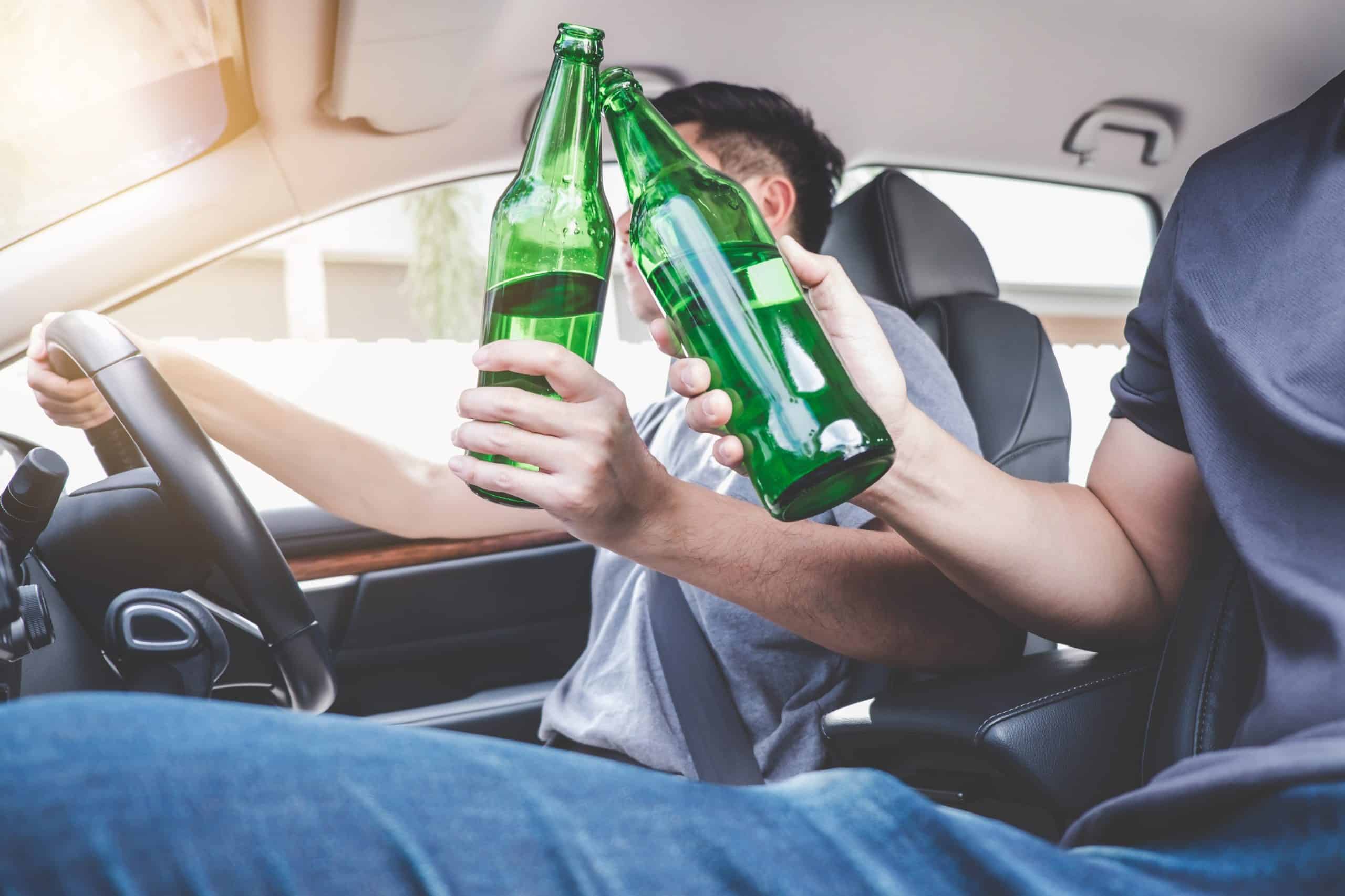Legal Implications of Leaving Court-Ordered Rehab Early – Guest Post

Some persons who had a positive encounter with the legal system wind up in court-ordered treatment institutions. Leaving early? That would be like turning out the lights at a movie before the big reveal—you miss all the fun! In this entertaining journey through the legal maze of court-ordered rehab, we’ll look at some surprisingly funny incidents along the way and take a light-hearted look at the consequences of an early discharge.
Importance of completing the rehab program for legal and personal reasons
Completing a rehab program, especially when it’s court-ordered, is akin to finishing a challenging puzzle. It’s not just about fulfilling a legal obligation; it’s about putting the pieces of your life together. Imagine rehab as a transformative journey, an opportunity to hit the reset button on life’s arcade game. By completing the program, individuals aren’t merely checking a box on a legal document but investing in their personal growth and recovery. It’s like planting a seed that, with care and dedication, can blossom into a newfound sense of purpose and stability. From a legal perspective, it showcases commitment to rehabilitation, which often earns favour in the eyes of the court. More importantly, it signifies a willingness to confront personal challenges, learn coping mechanisms, and build a foundation for a healthier future.
Beyond the legal ramifications, completing rehab is the gateway to a brighter tomorrow. It’s a chance to rediscover oneself, mend broken relationships, and regain the trust of loved ones. By embracing the program, individuals are equipping themselves with strategies to navigate life’s challenges without resorting to harmful behaviours. Completing the rehab program isn’t merely an obligation; it’s a beacon of hope, illuminating the path toward a healthier, happier, and more fulfilling life.
Detox in court-ordered rehab plays a critical role in the recovery process for individuals with substance use disorders who are mandated by the legal system to seek treatment. In these facilities, detoxification is often the initial phase of the rehabilitation journey. The process is closely supervised by medical professionals, ensuring the safety and comfort of the individual during withdrawal from substances. Court-ordered rehab programs aim to address the physical dependency on drugs or alcohol while simultaneously setting the stage for further addiction treatment. By providing medical oversight and support, they help individuals manage withdrawal symptoms and cravings, which are common barriers to recovery. Successful completion of the detox phase is a significant step in fulfilling legal obligations and embarking on a path to sustained sobriety and rehabilitation, often guided by the court’s requirements and the facility’s treatment plan.
Legal Obligations and Consequences
A. Discussion of legal obligations associated with court-ordered rehab.
Discussing legal obligations in the context of leaving court-ordered rehab early is akin to understanding the script of a complex play. Each individual in rehab has a role to play, as outlined by the court. These legal obligations are the lines in the script, defining the path to rehabilitation and eventual reintegration into society. By departing the rehab stage prematurely, one not only disrupts the carefully crafted narrative but also faces the risk of legal consequences. It’s like an actor walking offstage before their cue, leading to confusion and potential penalties. The legal obligations are the backbone of the rehab process, ensuring consistency, fairness, and accountability. Understanding and adhering to these obligations isn’t just a matter of compliance; it’s a vital part of the rehabilitation journey, ensuring that individuals are physically present in rehab and actively engaged in personal transformation and recovery.
B. Possible charges and penalties for leaving court-ordered rehab early.
Early release from court-ordered treatment is like navigating a minefield while blindfolded. You could set off an “Extended Sentence” trap or step on a “Contempt of Court” mine. All of a sudden, your life is like a perverted game of Monopoly, only instead of winning $200 or passing go, you’re the one heading straight to jail.
C. Real-life examples or case studies illustrating legal consequences faced by individuals leaving rehab prematurely.
Have you ever heard of the daring escapee who thought leaving rehab early was a clever plan? Spoiler alert: It wasn’t. Their escapade became legend – a cautionary tale shared around rehab campfires. The law has a long memory and an even more extended arm. Attempting to evade court-ordered rehab is like hiding a cookie from a determined toddler – futile and bound to end in tears.
Alternative Options
Consider leaving court-ordered rehab early akin to exiting a plane before it lands; it’s premature, disruptive, and potentially dangerous. Instead of opting for this hasty exit, individuals facing challenges within the rehab environment have alternative options. They can actively engage with their counsellors and peers, leveraging the support system to address concerns. Another constructive approach is seeking modifications to the residential rehab plan based on personal needs and progress. Think of it as requesting a change in the movie script to better fit the character. Additionally, utilizing available therapy sessions and support groups provides a platform to voice concerns, fostering a sense of community and understanding. These alternatives ensure a smoother rehab journey and reflect a proactive approach toward personal growth and recovery, creating a more positive and supportive environment for everyone involved.
Legal Support and Counselling
Legal support isn’t just for courtroom dramas. In the real world, having a legal eagle by your side is like having a superhero in a courtroom cape. They know the legal labyrinth better than you know your favourite TV show. And counselling? It’s like having a wise wizard guiding you through life’s magical (and sometimes tricky) moments. With these allies, leaving rehab early becomes as appealing as eating a sandwich made of sandpaper – unnecessarily painful and best avoided.
Conclusion
In the grand stage play of life, court-ordered rehab might seem like an unwanted plot twist, but playing your part is essential. Leaving early might appear to be a daring escape, but the legal consequences are like a relentless movie sequel – they keep coming. So, dear readers, stay in rehab, complete your journey, and emerge stronger, wiser, and ready for the next act. Remember, life is the best comedy, and with the right mind set, even the most challenging situations can become moments of laughter and growth. Stay legal, stay funny, and most importantly, stay on the path to a better you!











